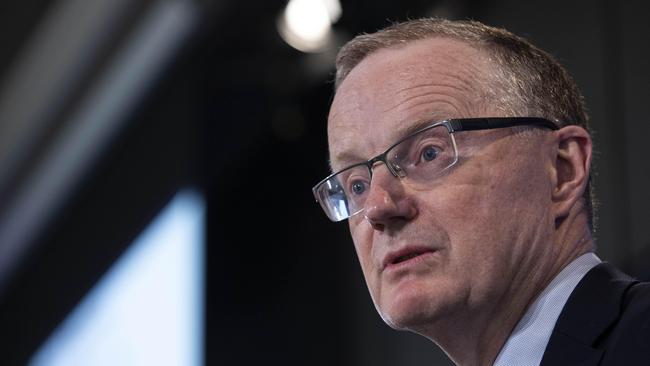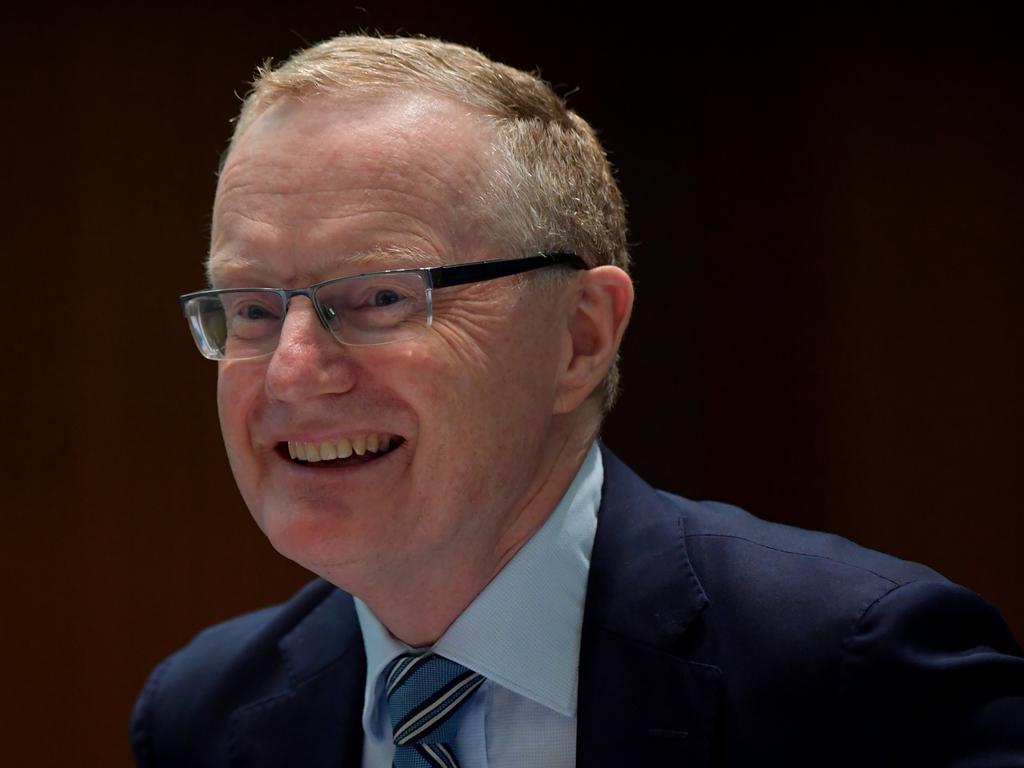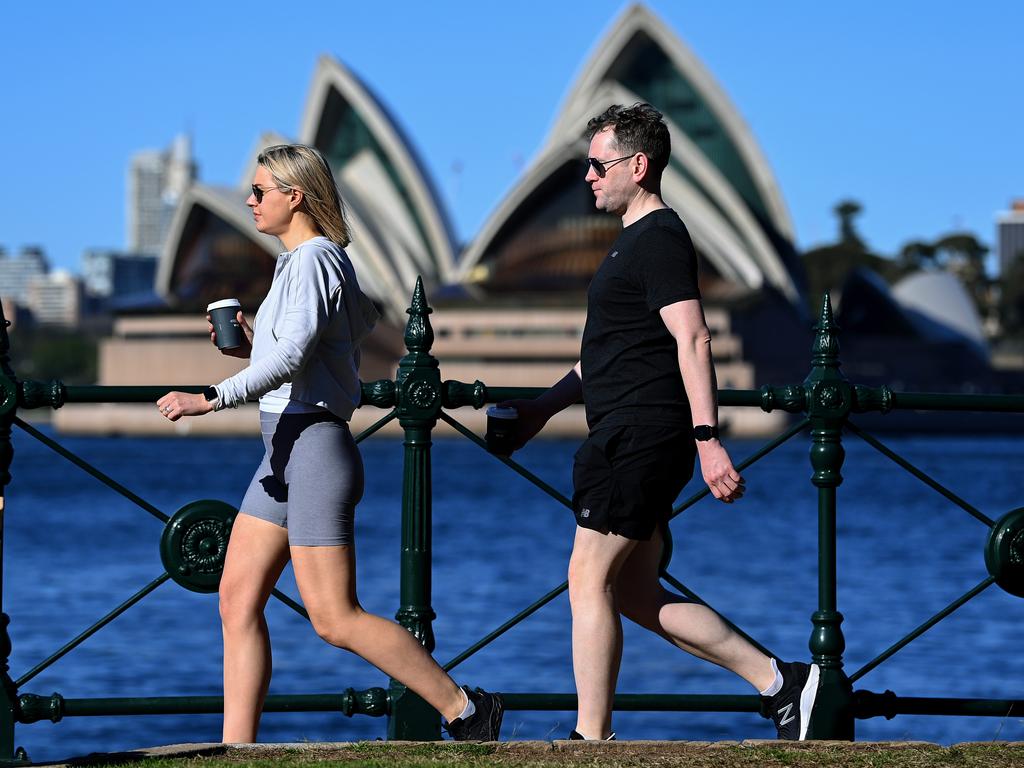Reserve Bank of Australia holds rates, lessens pandemic stimulus
The Reserve Bank has moved to lessen its pandemic-era policy support in response to a stronger-than-expected economic recovery.

The Reserve Bank has moved to lessen its pandemic-era policy support by reducing the degree of stimulus provided by its unconventional monetary policy tools, in a response to a stronger-than-expected economic recovery which is expected to continue.
It came as the RBA left the official cash rate unchanged at a record low 0.1 per cent, where it has stood since November last year.
In a statement, RBA Governor Philip Lowe said the board had decided to retain the April 2024 bond as the bond for the yield target and retain the target of 10 basis points, and continue purchasing government bonds after the completion of the current bond purchase program in early September, but at a reduced pace of $4bn a week versus $5bn currently, until “at least mid-November.”
By deciding not to target the November 2024 bond, the RBA effectively indicated that it is not certain that the cash rate will still be at 0.1 per cent beyond April 2024.
The RBA has also given itself more flexibility to adjust its unconventional policy stimulus by opting to review its third round of bond purchases just three months after they start.
The RBA decided to maintain the cash rate target at 10 basis points and the interest rate on Exchange Settlement balances of zero per cent.
“These measures will provide the continuing monetary support that the economy needs as it transitions from the recovery phase to the expansion phase,” Dr Lowe said.
“The board is committed to achieving the goals of full employment and inflation consistent with the target. Today’s decisions, together with those taken previously, have the economy on a path to achieve those objectives.”
In the crucial final paragraph, Dr Lowe reiterated that the RBA will not increase the cash rate until actual inflation is sustainably within the 2 to 3 per cent target range - expected to be not before 2024.
“The bank’s central scenario for the economy is that this condition will not be met before 2024,” he said. “Meeting it will require the labour market to be tight enough to generate wages growth that is materially higher than it is currently.
“Despite the strong recovery in jobs and reports of labour shortages, inflation and wage outcomes remain subdued,” he said.
“While a pick-up in inflation and wages growth is expected, it is “likely to be only gradual and modest.”
In the RBA’s central scenario, inflation in underlying terms is expected to be 1.5 per cent over 2021 and 2 per cent by mid-2023, but in the short term, CPI inflation is expected to rise “temporarily” to about 3.5 per cent over the year to the June quarter because of the reversal of some COVID-19-related price reductions a year ago.
Maintaining the target of 10 basis points for the April 2024 bond will continue to keep interest rates low at the short end of the yield curve and support low funding costs in Australia, Dr Lowe added.
“The yield on this bond is consistent with the target and the RBA remains prepared to operate in the market to achieve the target.”
He said the bond purchase program is “playing an important role in supporting the Australian economy” and “the bank will continue to purchase bonds given that we remain some distance from the inflation and employment objectives.”
“However, the board is responding to the stronger-than-expected economic recovery and the improved outlook by adjusting the weekly amount purchased. It will conduct a further review in November, allowing the board to respond to the state of the economy at that time.”







To join the conversation, please log in. Don't have an account? Register
Join the conversation, you are commenting as Logout